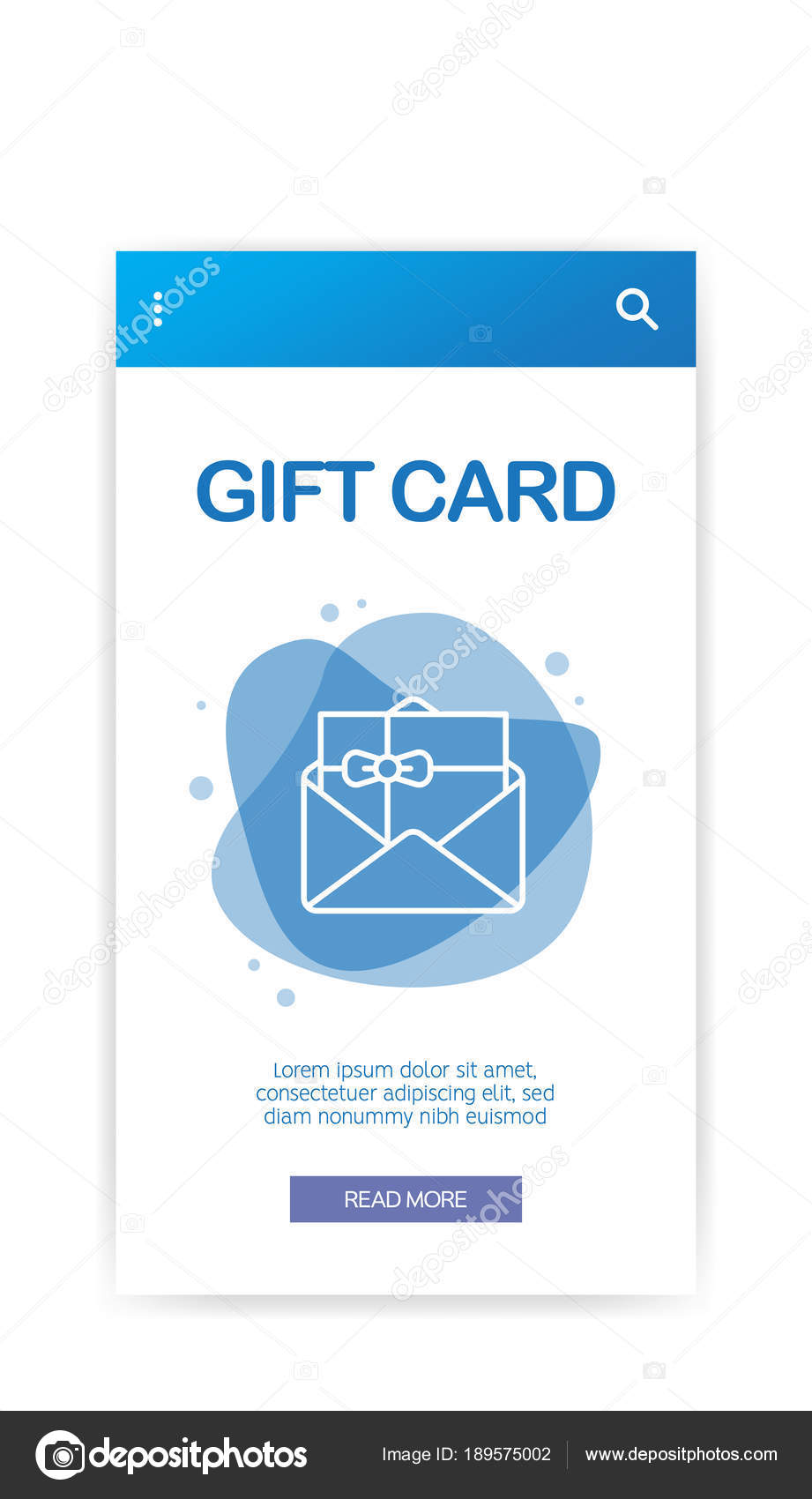Created in the Middle East and Egypt on hardstone, copper wheel etching endured as a craft in seventeenth century Bohemia and Dresden on glass. It was utilized for a selection of objectives, including showing the imperial double-headed eagle (Reichsadlerhumpen) and allegorical styles.
Engravers of this duration progressively abandoned direct quality in favour of crosshatched chiaroscuro effects. A few engravers, such as Schongauer and Mantegna, took care of glass with a sculptural feeling.
Ancient Art
By the end of the 17th century, nonetheless, diamond-point inscription was being replaced by wheel engraving. 2 notable engravers of this period deserve reference: Schongauer, that raised the art of glass inscription to measure up to that of painting with works like Saint Anthony Tortured by Demons, and Mantegna, that shaded his illustrations with brief scribbled lines of varying size (fig. 4) to achieve chiaroscuro results.
Various other Nuremberg engravers of this time included Paul Eder, that excelled in delicate and small landscapes, and Heinrich Schwanhardt, who engraved inscriptions of great calligraphic top quality. He and his son Heinrich likewise established the method of engraving glass with hydrofluoric acid to produce an impact that appeared like glass covered in ice. The engraved surface might after that be cut and engraved with a copper-wheel. This approach is utilized on the rock-crystal ewer revealed here, which incorporates deep cutting, copper-wheel engraving and polishing. Identifying the etching on such pieces can be tough.
Venetian Glass
When Venice was a European power, Venetian glassmakers took the lead in several high value-added sectors. Unlike fabrics and style, glassmaking retained a legacy of sophisticated techniques. It likewise brought seeds of the ornamental magnificence personified in Islamic art.
Nonetheless, Venetian glassmakers were not anxious to share these concepts with the remainder of Europe. They maintained their artisans cloistered on the island of Murano so they would certainly not be affected by brand-new patterns.
Although demand for their product ebbed and flowed as tastes changed and rival glassmakers emerged, they never ever shed their interest well-off clients of the arts. It is consequently not a surprise that inscribed Venetian glass shows up in many still life paintings as a symbol of high-end. Commonly, a master treasure cutter (diatretarius) would reduce and enhance a vessel originally cast or blown by one more glassworker (vitrearius). This was a costly venture that needed fantastic skill, perseverance, and time to generate such thorough work.
Bohemian Glass
In the 16th century, Bohemian glassmakers adjusted the Venetian recipe to their very own, creating a much thicker, clearer glass. This made it simpler for gem-cutter to sculpt in the same way they carved rock crystal. Furthermore, they created an approach of reducing that allowed them to make really comprehensive patterns in their glasses.
This was adhered to by the unique gift under $25 production of tinted glass-- blue with cobalt, red with copper and light environment-friendly with iron. This glass was popular north of the Alps. Furthermore, the slim barrel-shaped goblets (Krautstrunk) were also prominent.
Ludwig Moser opened a glass design studio in 1857 and was successful at the Vienna International Event of 1873. He developed a completely integrated factory, providing glass blowing, brightening and inscribing. Up until completion of World War II, his firm controlled the marketplace of personalized Bohemian crystal.
Modern Craft
Inscription is among the oldest hand-icraft methods of decorative refinement for glass. It demands a high level of accuracy in addition to an artistic creative imagination to be efficient. Engravers must additionally have a sense of make-up in order to tastefully integrate shiny and matte surface areas of the cut glass.
The art of engraving is still alive and successful. Modern techniques like laser inscription can accomplish a greater degree of detail with a better speed and precision. Laser innovation is likewise able to produce styles that are less vulnerable to damaging or splitting.
Inscription can be utilized for both commercial and ornamental purposes. It's prominent for logo designs and trademarks, as well as attractive embellishments for glasses. It's likewise a popular way to add personal messages or a victor's name to trophies. It is essential to note that this is a hazardous task, so you ought to always utilize the proper security devices like goggles and a respirator mask.
